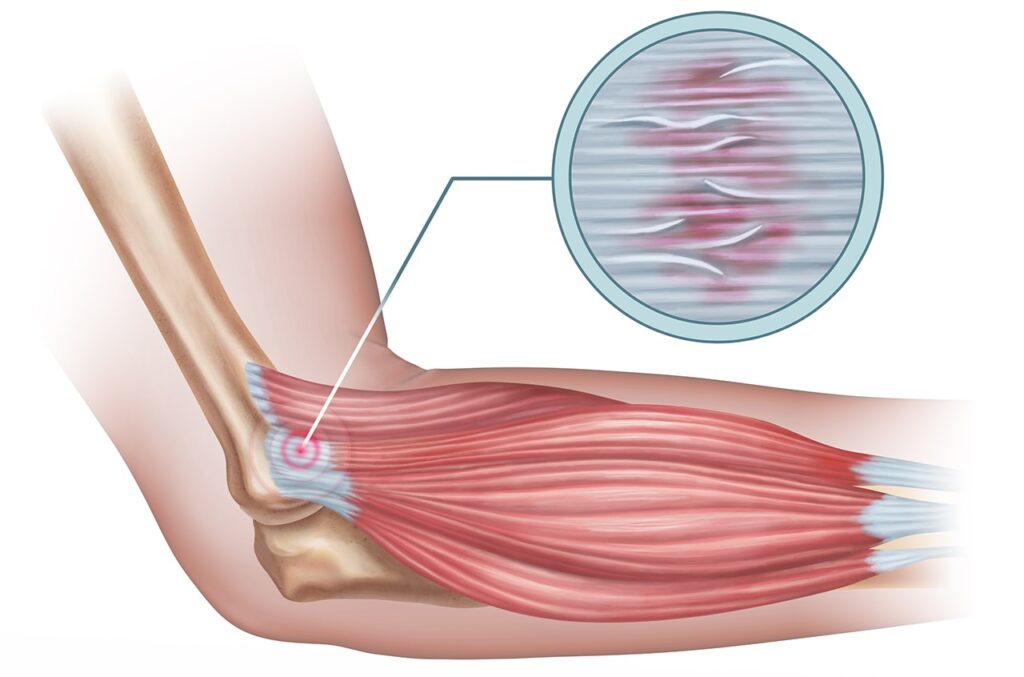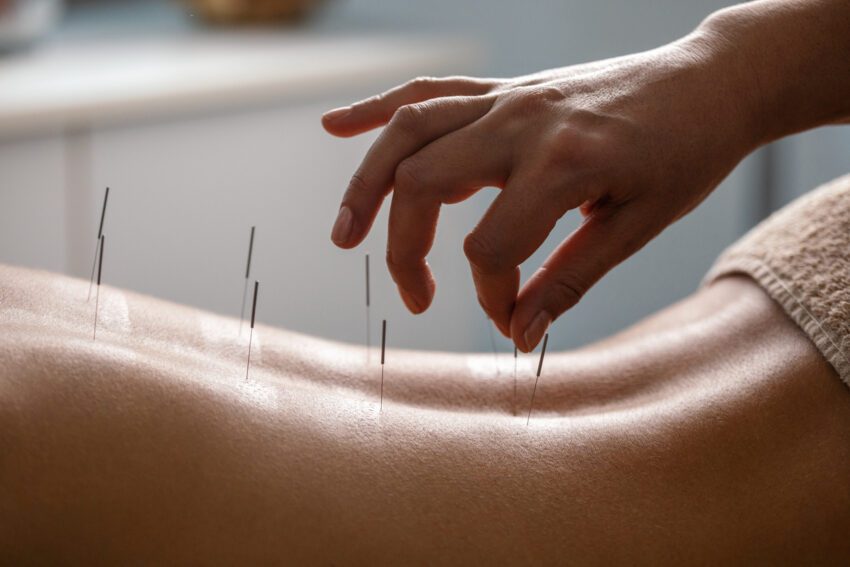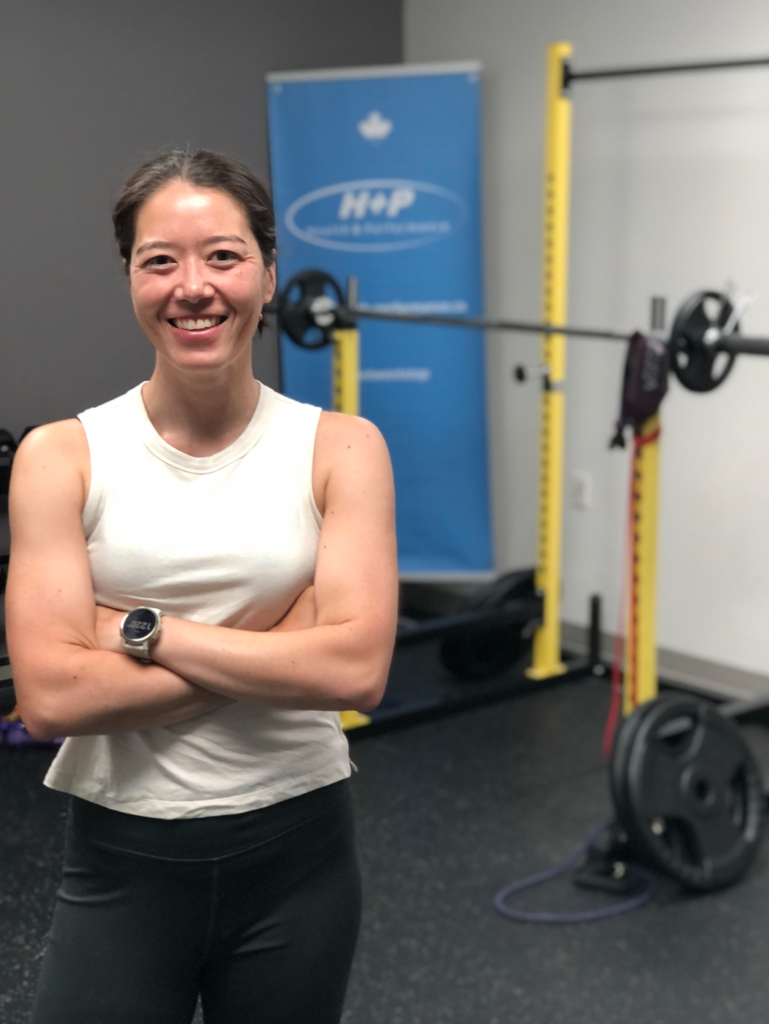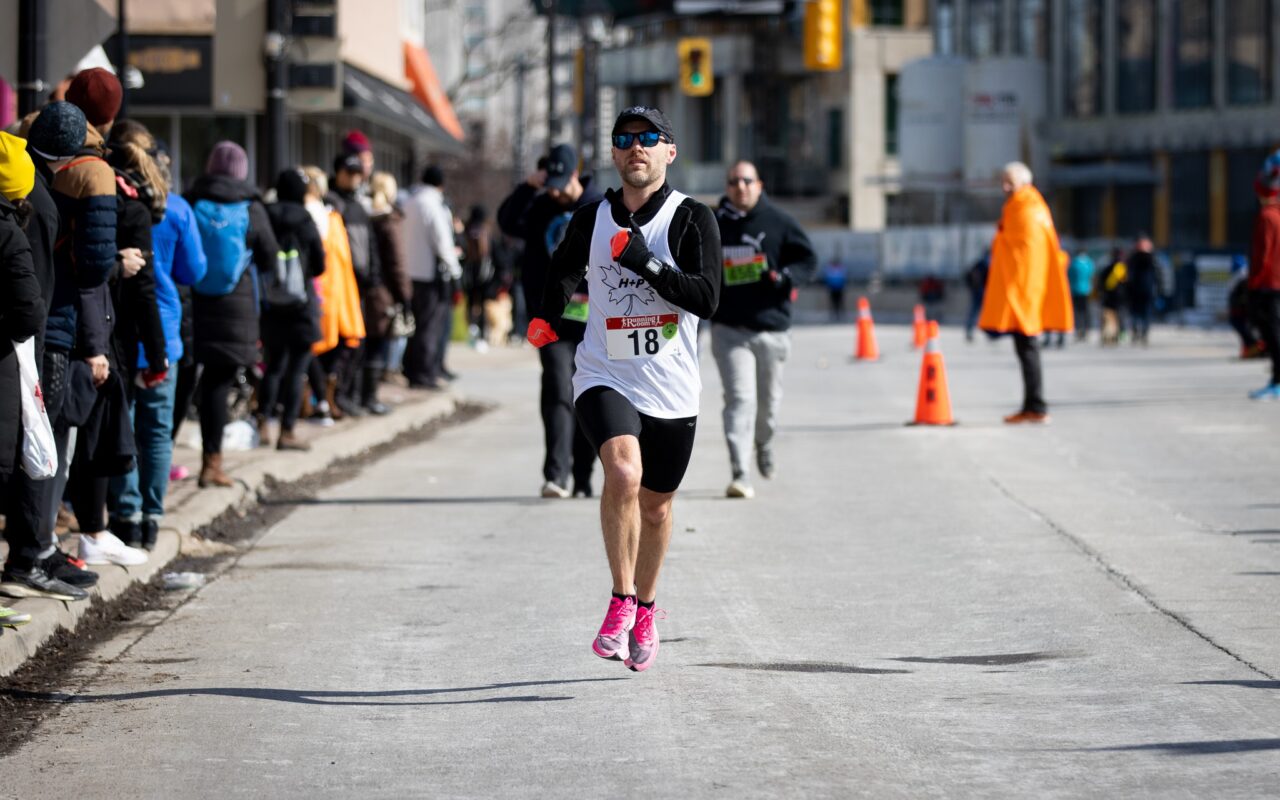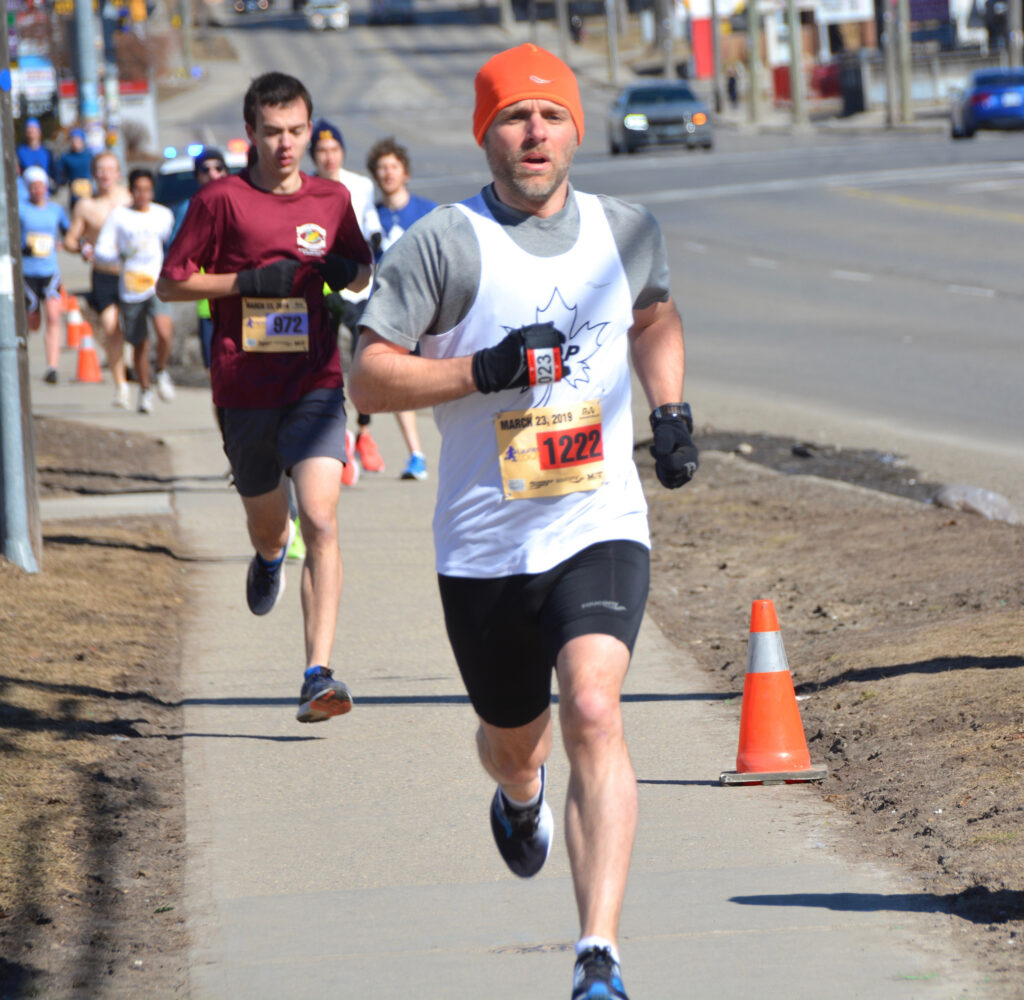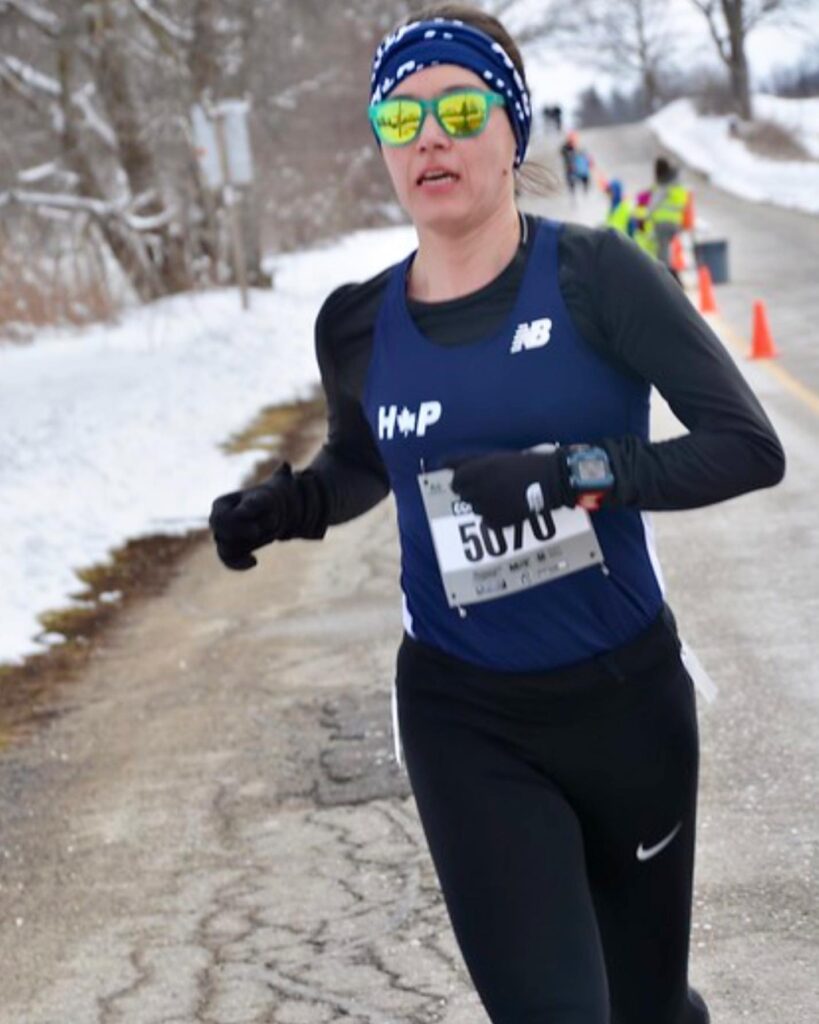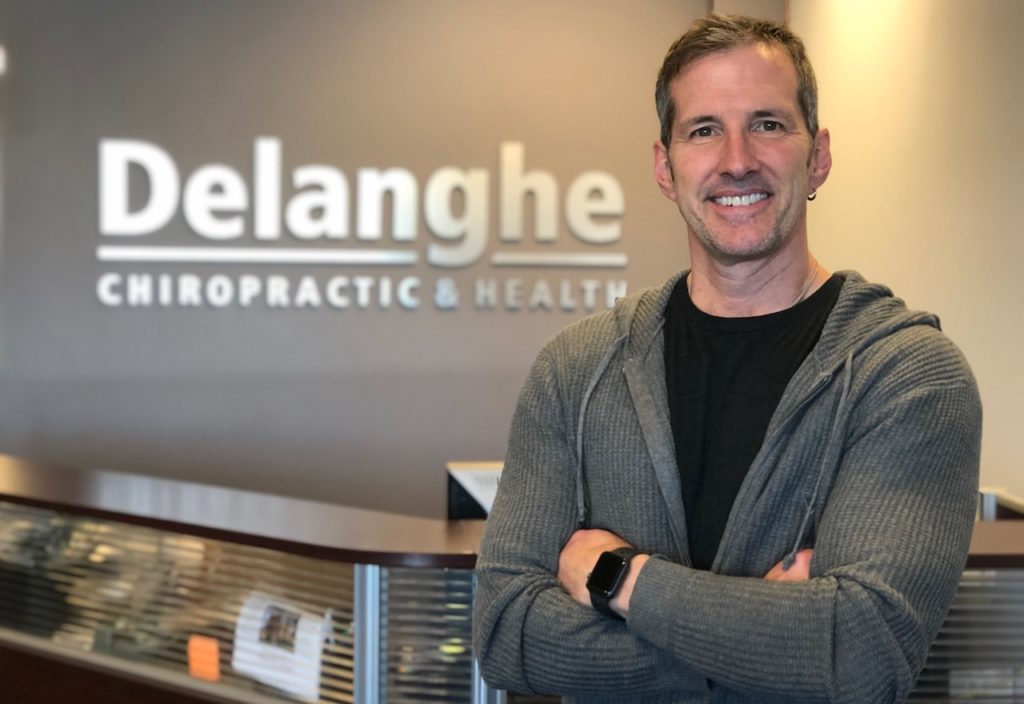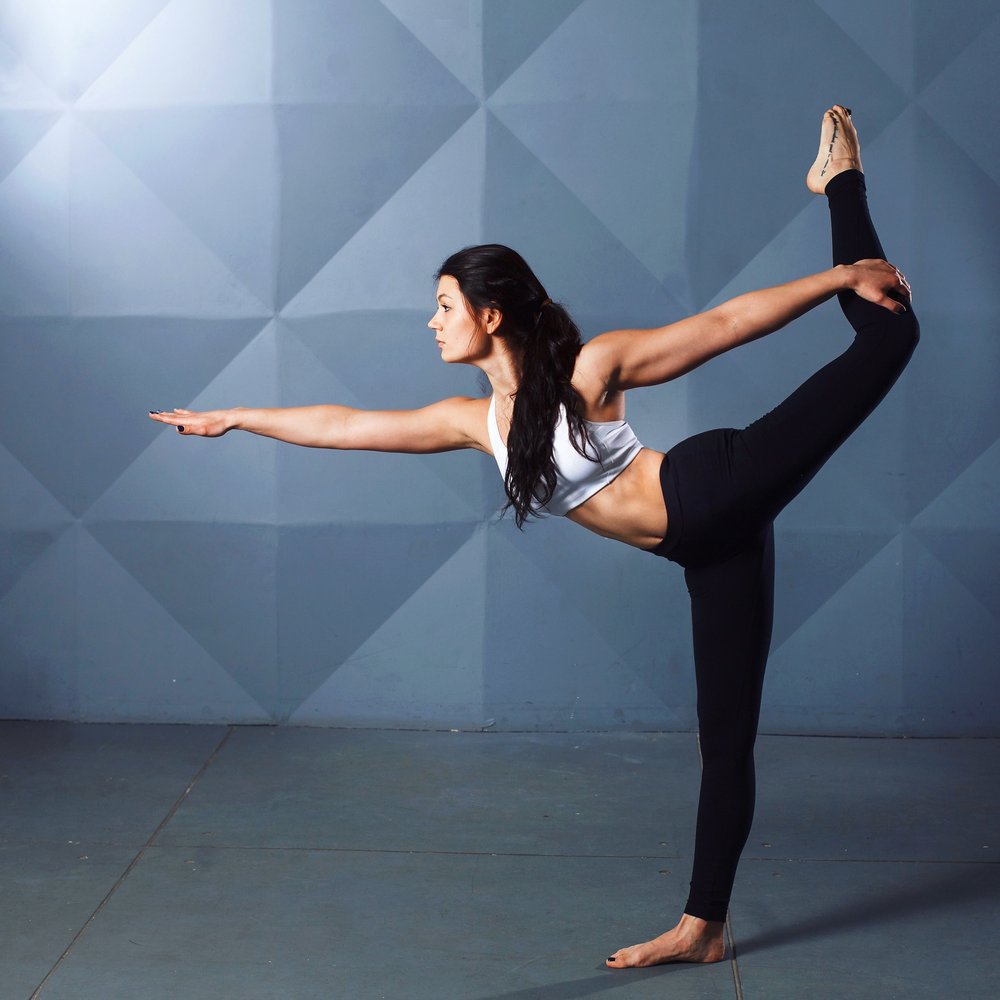Manipulation for acute neck pain- does it work?
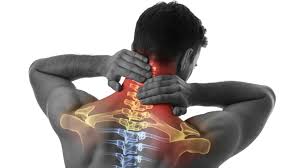
Does spinal manipulation actually help with acute neck pain? A recent systematic review and meta-analysis took a look HERE.
Acute neck pain , meaning neck pain that lasts less than three months, is very common and can lead to disability or persistent problems. The authors wanted to investigate how effective and safe SMT is specifically for acute neck pain, since previous reviews often mixed acute, sub-acute, and chronic cases, which makes interpretation difficult.
Methods
The researchers searched several major databases (PubMed, Embase, Web of Science, PEDro, Cochrane) up to March 20, 2023, for randomized controlled trials (RCTs) involving SMT versus control in adults with acute neck pain lasting less than 3 months. Outcomes of interest were pain intensity, cervical range of motion, and disability. They included 8 RCTs, with a total of 965 patients.
Key Findings
- Pain: SMT significantly reduced pain compared to controls (mean difference 1.53 points lower on the pain scale, 95% CI 0.83 to 2.22)
- Cervical range of motion: SMT improved neck movement in all directions (flexion, extension, rotation, lateral flexion). Flexion improved by a mean of 11 degrees (95% CI 9.10 to 12.93)
- Disability: Patients receiving SMT had lower disability scores than controls (mean difference 6.20, 95% CI 2.59 to 9.81)
- Safety: No serious adverse events were reported. One patient had a mild, transient arm sensation episode after SMT
Clinical Implications
Despite limitations (small sample sizes in some cases, dose/response not established), the review suggests SMT can be an effective and safe option for acute neck pain: it reduces pain, improves neck movement, and lowers disability in the short term. SMT is best considered alongside other treatments, such as exercise and education.
This study is a good start, but more research is required to determine which patients benefit most, how much and how often it should be performed, and which SMT techniques work best.
If you suffer from neck pain, or have more questions about this study, feel free to contact us HERE.
